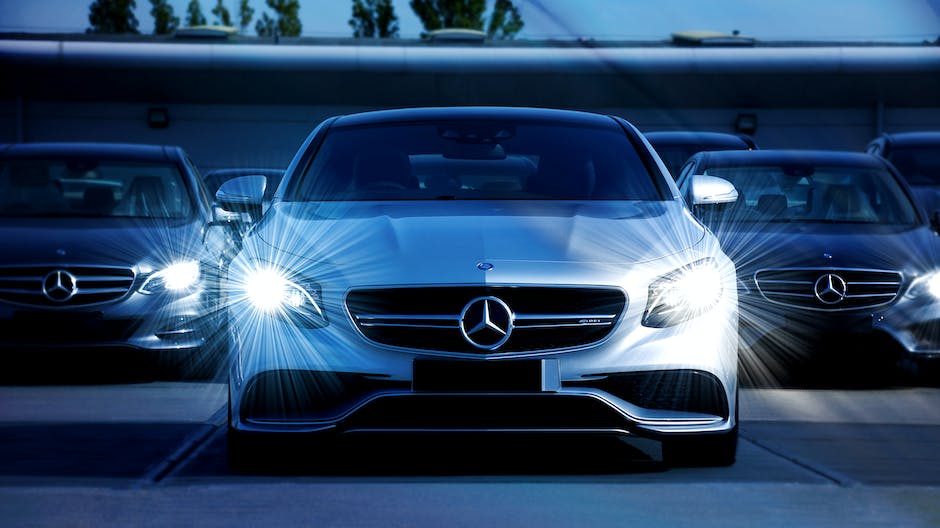Hey car enthusiasts! Are you curious about the cost of restoring a classic car? Wondering what it takes to bring that vintage beauty back to life? Let’s find out in detail in the article below. From sourcing parts to labor fees, I’ll tell you exactly what goes into the price tag of car restoration. Let’s find out exactly how much it takes to revive a classic!
Factors Affecting the Cost of Car Restoration
Sourcing and Availability of Parts
When it comes to restoring a classic car, one of the major factors affecting the cost is the sourcing and availability of parts. Vintage car parts are not easily found in regular auto stores, and their scarcity often leads to higher prices. In some cases, rare parts may need to be ordered from specialized suppliers or even custom-made, which can significantly increase the overall cost of restoration.
Furthermore, the condition of the parts required for restoration also plays a role in the cost. If the parts are in good condition and require minimal restoration work, the overall cost may be lower. However, for heavily damaged or completely missing parts, extensive restoration or fabrication may be necessary, leading to higher costs.
Vehicle Condition and Rust Damage
The initial condition of the vehicle and the amount of rust damage it has suffered also affect the restoration cost. Restoring a classic car that has significant rust damage can be incredibly time-consuming and costly. Extensive rust repairs involve removing and replacing damaged panels, treating rusted areas, and re-painting the affected sections. These tasks often require skilled labor and specialized tools, which can drive up the cost of restoration.
In some cases, if the rust damage is too severe or if the vehicle’s structural integrity has been compromised, the cost of restoration may exceed the value of the car itself. It is essential to carefully assess the vehicle’s condition before diving into a restoration project to avoid any unexpected costs.
Labor Fees and Expertise
The skill level and expertise of the restoration team are crucial factors in determining the cost of car restoration. Skilled craftsmen with years of experience may charge higher labor fees compared to less experienced individuals. Additionally, the complexity of the restoration work also influences the cost. Restoring a classic car requires meticulous attention to detail and extensive knowledge of vintage car mechanics. The cost, therefore, increases based on the level of expertise required.
Moreover, the time required for car restoration is a significant contributor to labor fees. Restoring a classic car is a lengthy process that often requires countless hours of work. From disassembling the vehicle to sourcing and replacing parts, every step demands time and effort. Labor fees are usually charged based on the estimated number of hours required to complete the restoration, which impacts the overall cost.
Cost Breakdown of Car Restoration
Disassembly and Evaluation
The first step in the restoration process is disassembling the car and evaluating its condition. This phase allows the restoration team to assess the extent of the work required and identify areas that need special attention. The cost of disassembly and evaluation can vary depending on the complexity of the vehicle, but it is a crucial investment to gain a thorough understanding of the restoration project.
Bodywork and Paint
Restoring the bodywork and applying a fresh coat of paint is an essential part of any car restoration project. The cost of bodywork includes repairing or replacing damaged panels, removing dents, and addressing any rust issues. The painting process involves prepping the surface, applying primer, base coat, and clear coat. Depending on the size of the vehicle and the complexity of the paint job, the cost can range from a few thousand dollars to tens of thousands.
Mechanical Systems and Engine Rebuild
Reviving the mechanical systems and ensuring the engine runs smoothly are crucial aspects of car restoration. This phase often involves rebuilding the engine, replacing worn-out parts, and restoring the suspension, brakes, steering, and electrical systems. The cost of mechanical repairs can vary significantly depending on the complexity of the vehicle’s systems and the availability of parts.
Interior Restoration
Restoring the interior of a classic car includes tasks such as reupholstering seats, replacing carpets and headliners, and refurbishing dashboards and trim. The cost of interior restoration can vary based on the type of materials used, the level of craftsmanship desired, and the intricacy of the vehicle’s interior design. Custom upholstery and special finishes may significantly increase the overall cost.
Conclusion
Restoring a classic car is a labor of love that requires patience, expertise, and financial investment. The cost of car restoration is heavily influenced by factors such as the sourcing and availability of parts, the condition of the vehicle and rust damage, as well as labor fees and expertise. By breaking down the restoration process and understanding the factors that contribute to the cost, car enthusiasts can better prepare themselves for the expenses involved in bringing their vintage beauty back to life.
Additional information
1. Researching and comparing prices for vintage car parts can help in finding the best deals and reducing costs.
2. The location and reputation of the restoration shop can also impact the labor fees and overall cost.
3. Unexpected discoveries during the restoration process, such as hidden damage or previously unknown issues, can add to the cost.
4. Optional upgrades or modifications, such as adding modern features or performance enhancements, can increase the overall cost.
5. Insurance and storage costs during the restoration period should also be factored into the total expense.
